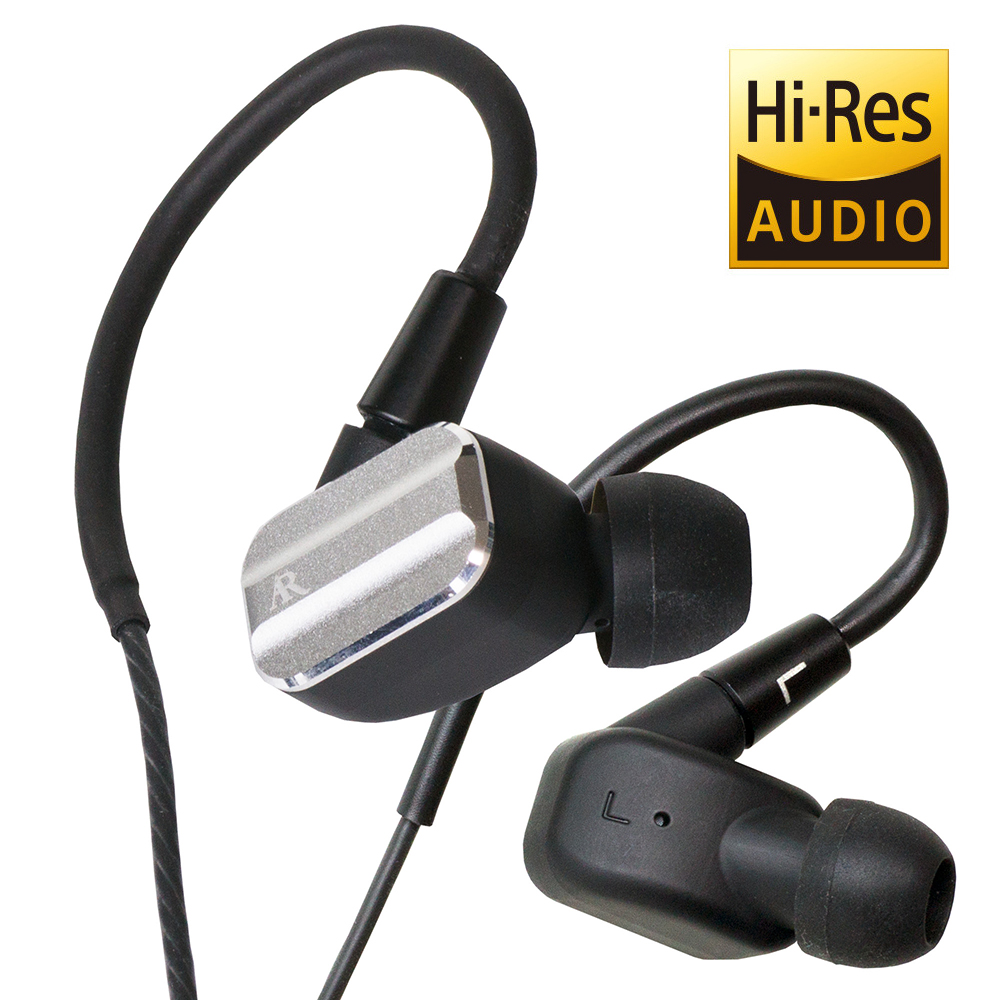
Hi-res audio, high-res music: Not the same thing
The tracks you’ve ripped from CD are not high resolution, and you won’t find high-res music files at the iTunes, Amazon MP3, or Google Play stores, at least not yet. Upconverting those music files won’t magically transform them into high-resolution tracks, either. You can’t put in what was never there in the first place.
High-Resolution Audio is Not:
A 192 kHz up-sampled version of CD
An up-sampled and “restored” version of an MP3
A high-resolution digital copy of a vinyl record
A high-resolution digital copy of an analog tape
A 24-bit recording played through the headphone jack on a portable device
Anative 192 kHz recording played through laptop speakers
A high-quality CD recording playing through a typical car stereo
HIGH-RESOLUTION AUDIO FROM AN AUDIOPHILE PERSPECTIVE
Audiophiles have eagerly embraced High-Resolution Audio formats, but many have not experienced the full capabilities of these new formats. They would do well to focus on acquiring playback equipment with true high-resolution performance. 24-bit audio provides no benefit if the power amplifier can only deliver 17-bit (103 dB) signal to noise ratios. Likewise, high sample rates are useless when played through speakers having an 18 kHz top end.
A good CD played through a high-resolution system easily outperforms a High-Resolution Audio recording played through a low-resolution system.

Can you really hear the difference?
Now that’s the big question isn’t it? Can you really hear the difference? Read very carefully, as many manufacturers will claim something to the effect that their high-res music player “reveals more of the original musical performance than an MP3 player or smart mobile phones.” Saying high-res is better than MP3 is no better than saying a CD is better than an MP3 file. Of course, it is, but many can’t hear the difference between an MP3 file and a CD (or a high-resolution track for that matter). Think you can? http://www.npr.org/sections/therecord/2015/06/02/411473508/how-well-can-you-hear-audio-quality Be sure to listen on the best-quality headphones or speaker system you have).
HIGH-RESOLUTION AUDIO FROM AN AUDIOPHILE PERSPECTIVE
Audiophiles have eagerly embraced High-Resolution Audio formats, but many have not experienced the full capabilities of these new formats. They would do well to focus on acquiring playback equipment with true high-resolution performance. 24-bit audio provides no benefit if the power amplifier can only deliver 17-bit (103 dB) signal to noise ratios. Likewise, high sample rates are useless when played through speakers having an 18 kHz top end.
A good CD played through a high-resolution system easily outperforms a High-Resolution Audio recording played through a low-resolution system.
Hi-res audio, high-res music: Not the same thing
We’ll open this can of worms ever so slightly. Hi-Res Audio and high-resolution music are not the same thing. Hi-Res Audio is a proper noun defining playback hardware, while high-resolution music refers to the actual music files. The two terms are sometimes used interchangeably, sowing confusion.
At the risk of oversimplifying the details, just know that “high resolution” is being defined by the audio industry as anything exceeding CD quality. For many, that definition simply isn’t good enough. If that’s you and you want to learn more about some of the issues surrounding high-resolution recording and playback. Happy listening.
FINALLY – FORTUNATELY MUSIC IS STILL ENJOYABLE THROUGH LOW-RESOLUTION SYSTEMS!
We have all had the experience of being emotionally moved by music that was played through poor-quality playback systems. Car radios, MP3 players, and low-resolution streaming audio all have a place.
For example, many people became fans of the Beatles while listening on cheap AM transistor radios. They rediscovered their favourite tunes when they purchased albums and upgraded their stereo systems. With the improved systems they discovered details that they had never heard while listening to the same song hundreds of times on a cheap radio. Today we have 16-bit and 24-bit digital releases of classic Beatles recordings dubbed from carefully restored master tapes. These digital releases may or may not fully meet the definition of High-Resolution Audio, but they capture far more detail than the original vinyl releases. It is hard to listen to one of these newer releases without discovering wonderful details that were overlooked in many years of low-resolution playback. 24-bit high sample-rate recordings are capable of delivering all of the details captured in the studio while low-resolution formats make music available in more places.


